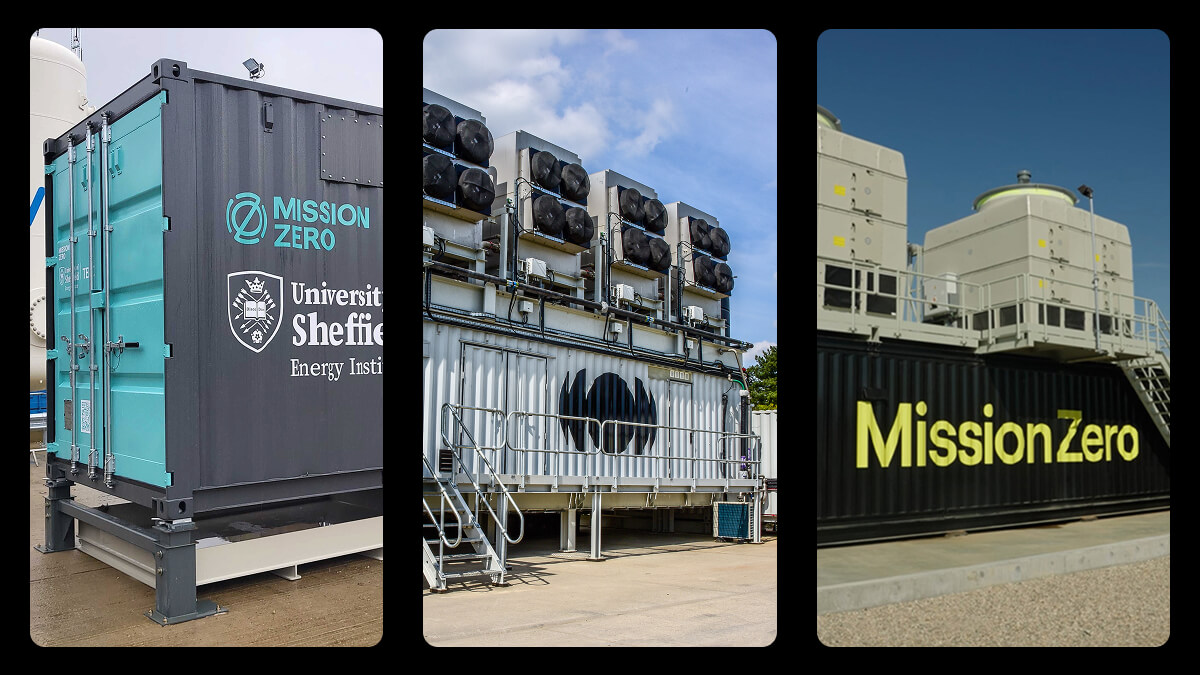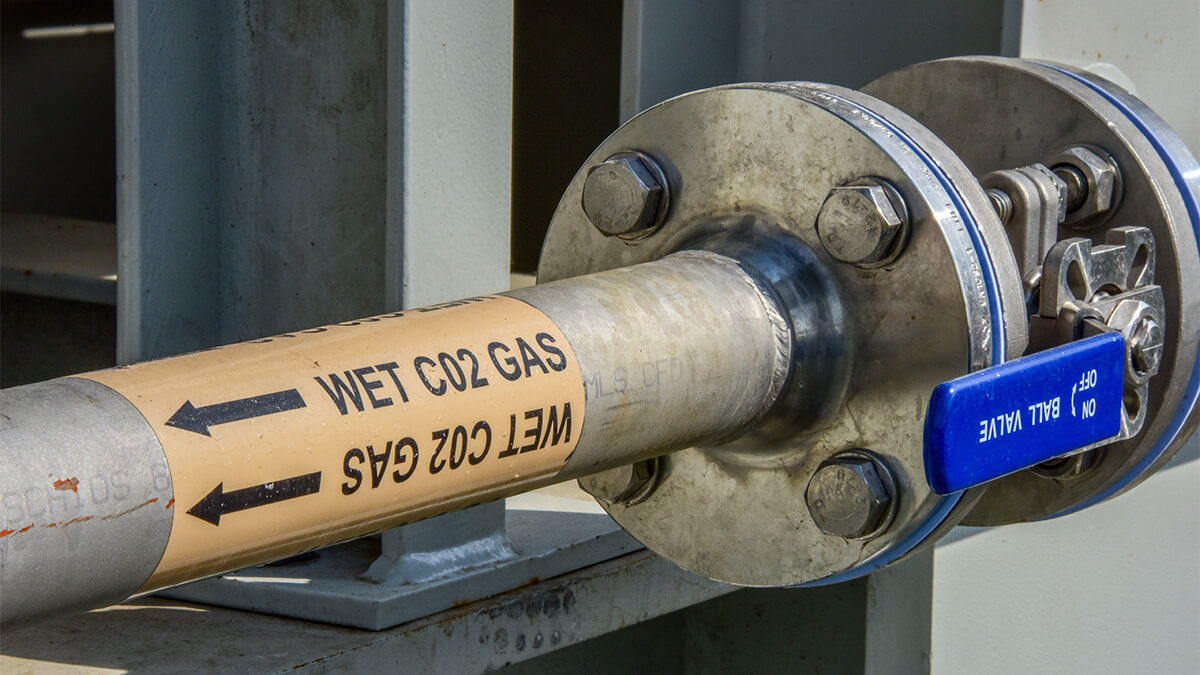
In July 2025, without much fanfare, the UK government announced it will integrate greenhouse gas removals (GGRs) into the UK Emissions Trading Scheme (UK ETS) by 2029. In doing so, it became one of the first countries in the world to lay out how engineered carbon dioxide removals (CDR) — like direct air capture and biogenergy with carbon capture and storage — will be incorporated into a national compliance market.
For companies developing these high-quality CDR solutions, like ourselves, there is a lot to get excited about here. To anyone outside of the carbon market bubble, this might appear to be a relatively minor technical detail. Yet, this is a bold and positive step towards more sustainable and responsible growth that businesses with ambitious climate goals should take note of.
In this article, we unpack what the UK ETS is, how CDR fits into it, and what this policy update means for both carbon removal providers and buyers — from eligibility and impact, to long-term market signals.
What is the UK Emissions Trading Scheme and where does CDR fit in?
Currently, when we talk about carbon markets, we refer to two systems: compliance markets and voluntary markets. While both are attempting to achieve the same outcome — less CO₂ in the atmosphere — they are very different.
Like other countries, the UK’s compliance market is an emissions trading system (ETS) — a mandatory, regulated market that allows for the buying and selling of permits to emit greenhouse gases. The UK government sets a cap on overall carbon emissions in the economy that decreases over time. In 2021, the base annual cap level sat at 156 million tonnes of CO2 equivalent (MtCO2e). By 2030, the number of carbon allowances for companies to buy at auction will fall to around 49 million.
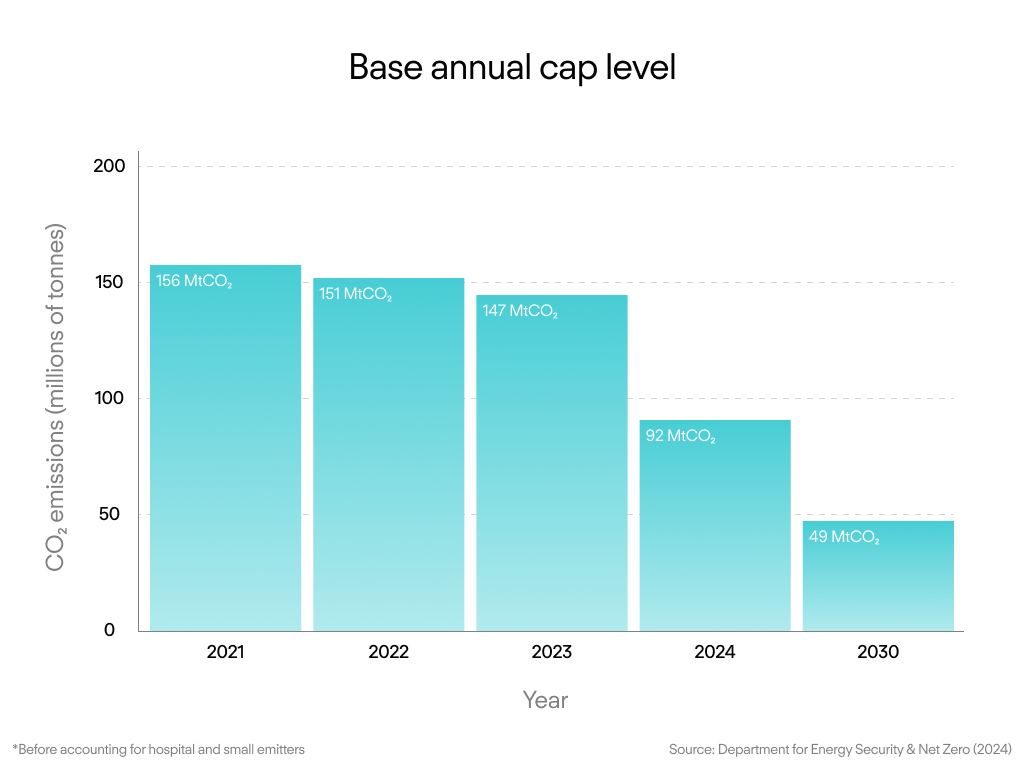
Large polluters are permitted to emit a certain amount and, if they can reduce their emissions below that level, they can sell credits to emitters that can’t. This provides an enforcement mechanism to limit emissions as well as a monetary incentive to those businesses that emit less. At the moment, the UK ETS covers emissions from heavy industry, aviation, and power, and will expand to include maritime in 2026 and waste incineration in 2028.
Voluntary markets, on the other hand, are just that — voluntary. They don’t have an enforcement mechanism or corresponding financial incentive and are unregulated. They still serve an important role for large emitters to invest in emerging sources of carbon removal or reduction, but tend to be much smaller markets dominated by a handful of corporate buyers. They’re also available to those not mandated by the compliance market, creating an accessible entry point for corporations that fall outside of the ETS, and individuals interested in taking climate action. Last quarter saw around 15 million tonnes of CDR contracted through voluntary markets, with almost 94% of that coming from Microsoft.
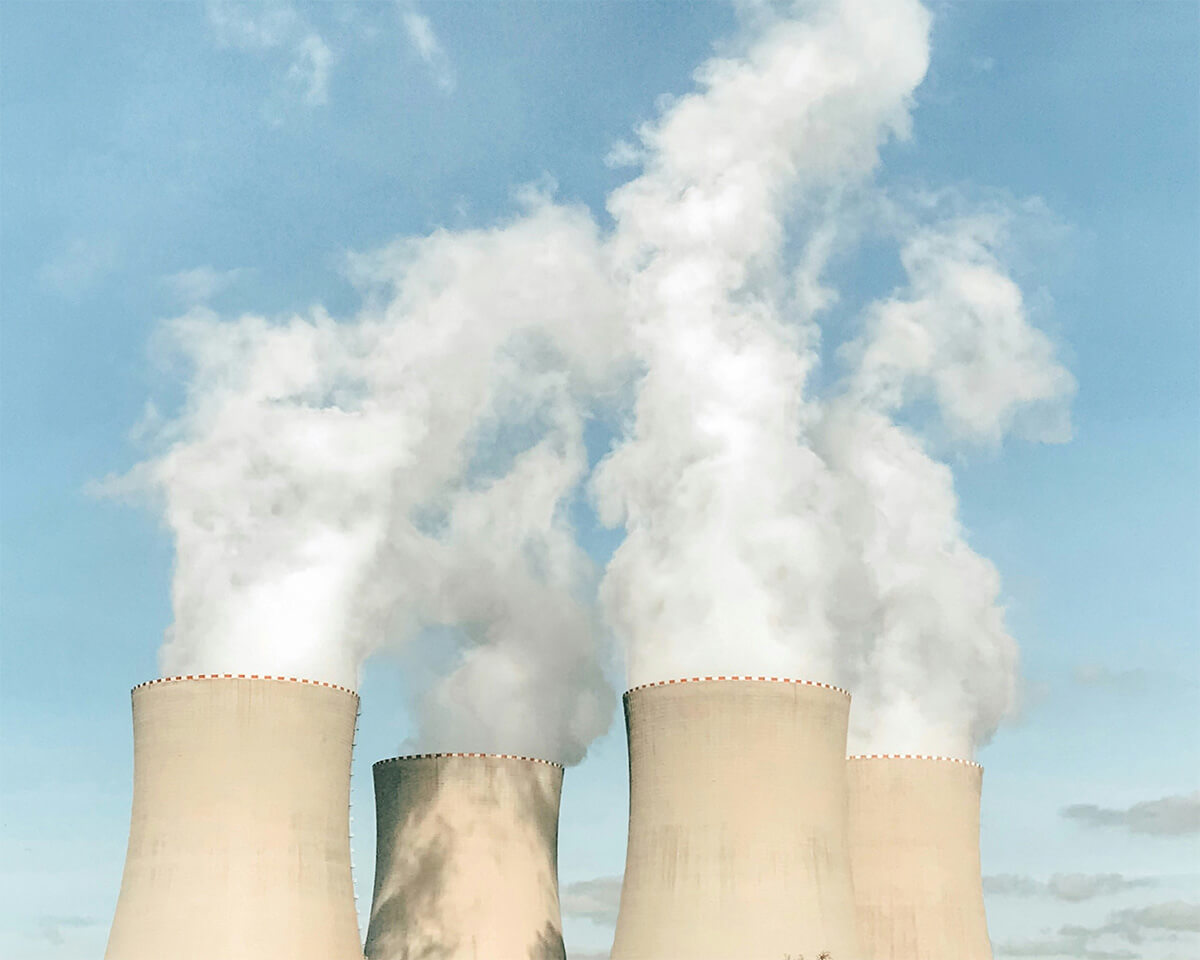
What exactly is being proposed?
The UK government plans to legislate the integration of removals credits by 2028 with their inclusion in the UK ETS in 2029. At first, only UK-based projects can generate removal credits, with those removals requiring verification before the credits themselves are issued. Only removals that can demonstrate that carbon will be locked away for a minimum of 200 years will be accepted. Removals will also have to comply with a UK GGR Standard that is currently under development.
Looking at the bigger picture, the overall cap on emissions will remain the same, with companies making a decision on whether they purchase either an emissions allowance, or a removal allowance. However, due to the difference in comparative maturity of emissions credits and removals credits as financial products, the government has indicated that it is considering pricing the two credits differently.
What ETS integration means for high-quality carbon removal solutions
This policy move is important, because until now, carbon removal technology developers could only sell through a voluntary market. With this change, the UK government is asserting that in 2029 it will incorporate removals into the UK’s compliance market.
In doing so, it will allow carbon removal companies to move from an ad hoc, opaque system to a regulated, transparent market — marking a huge step forward by offering project developers a direct route to market, helping to unlock financing for major UK-based projects, and reducing barriers to entry for smaller operators.
Having recently turned on our second direct air capture plant in the UK, this comes as particularly welcome news here at Mission Zero. Engineered removal pathways like DAC represent some of the most high-quality, measurable solutions for durably locking carbon out of the atmosphere for thousands of years. This move signals the UK government’s continued support to help early-stage climate solutions scale their impact.
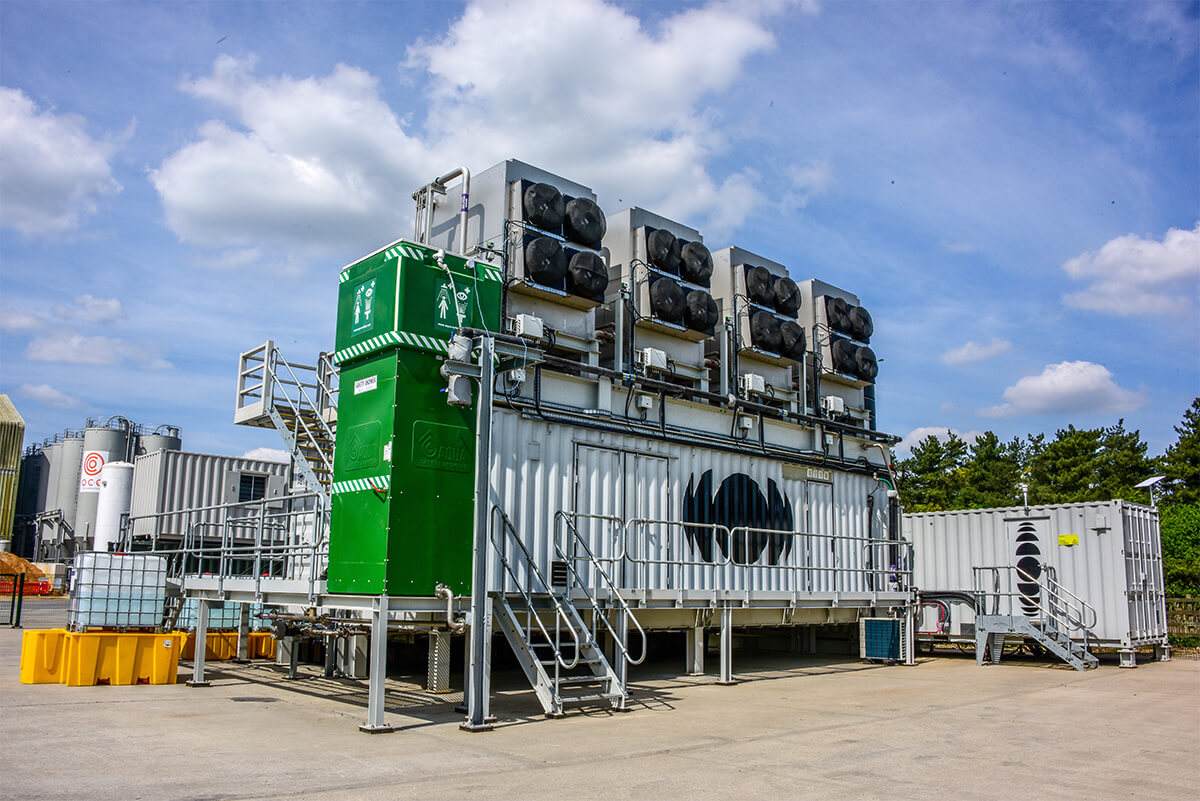
What does this mean for carbon removal buyers?
Ultimately, this move validates the importance of scaling high-impact CDR solutions like DAC, sending a signal to buyers that not only is this technology needed to reach Net Zero, but that it has reached a level of readiness to be used as a route to compliance within the UK.
Buyers will also be able to benefit from a regulated market for removals, with stringent monitoring, reporting, and verification requirements, as well as robust legal standards. This brings much-needed certainty — so buyers purchase carbon removal credits they can actually trust — while also providing clearer and more stable pricing, both of which are essential for contracting carbon dioxide removals.
The wider policy perspective
Of course, this update is just one piece of the puzzle. A regulated carbon removals market is still in its early stages, and big questions remain. How will the promised auction mechanism for removals work? How will removals be priced? Will they be treated differently from emissions allowances? And what happens if (or when) the UK market links up with the EU ETS, as the government has suggested?
Despite the uncertainty, one thing is clear: the UK is starting to back up its climate targets with real policy. That gives much-needed confidence to investors, buyers, and developers that carbon removals — and DAC — will have a long-term role to play.






